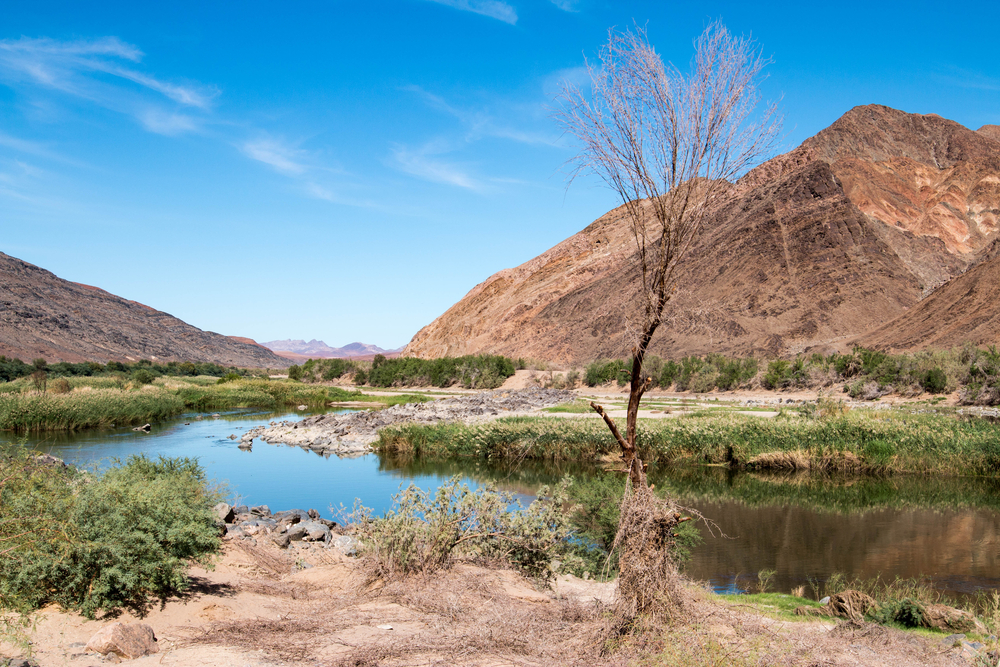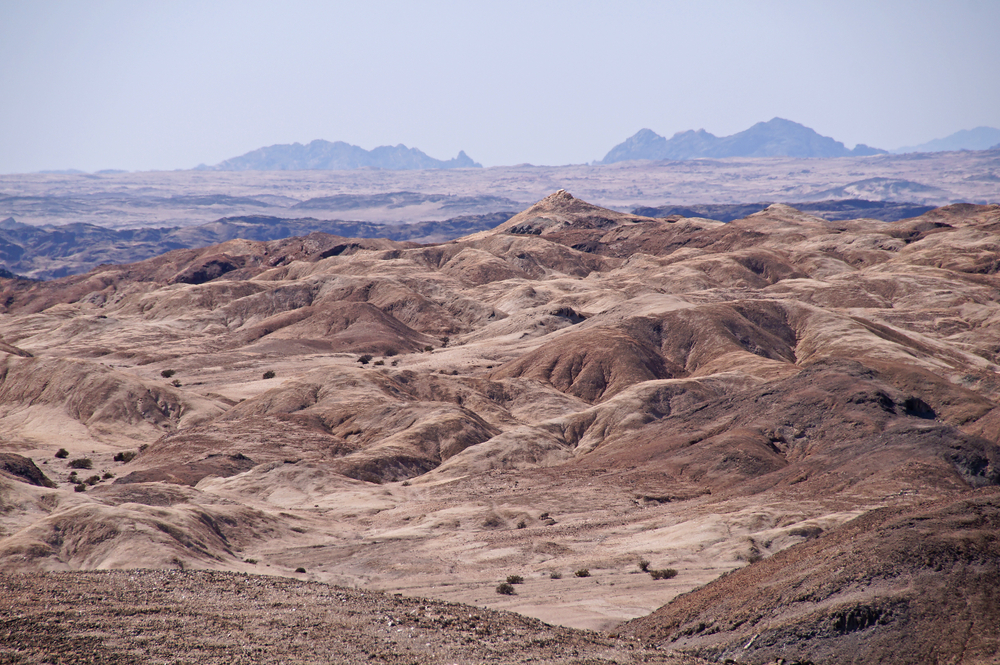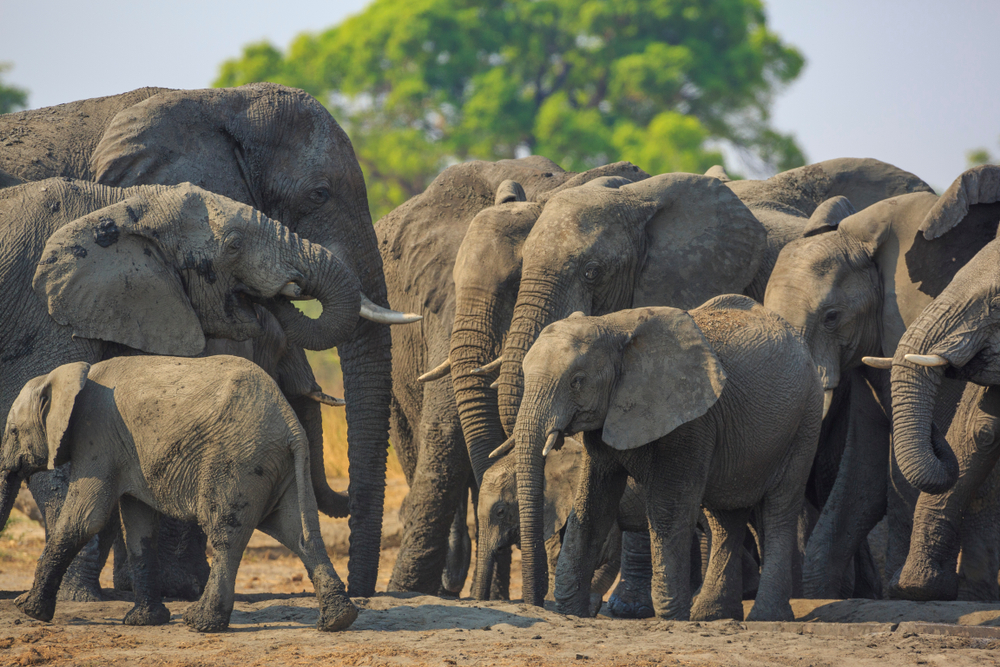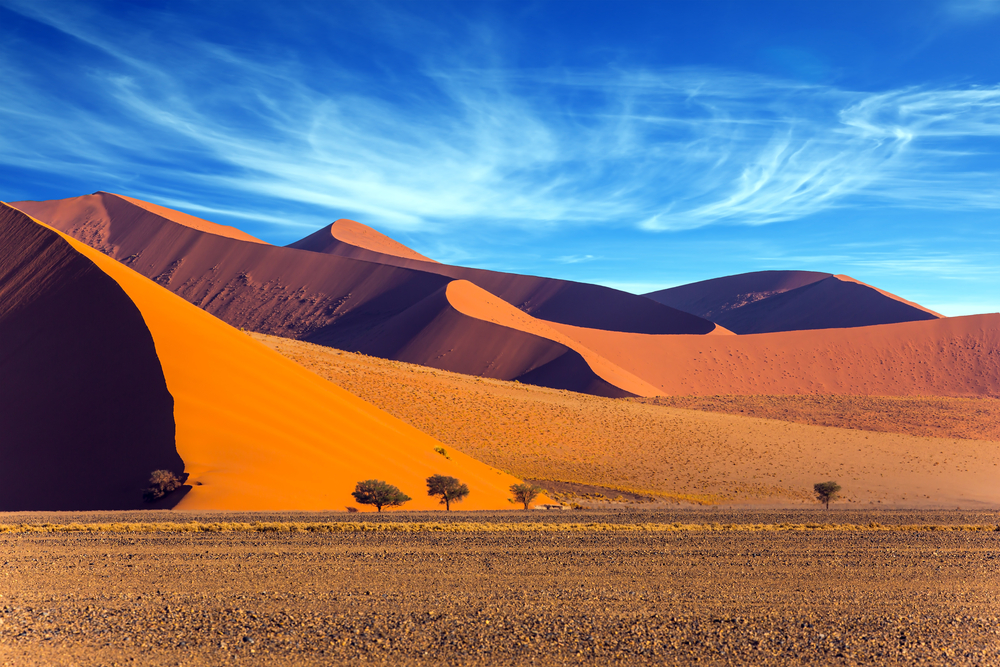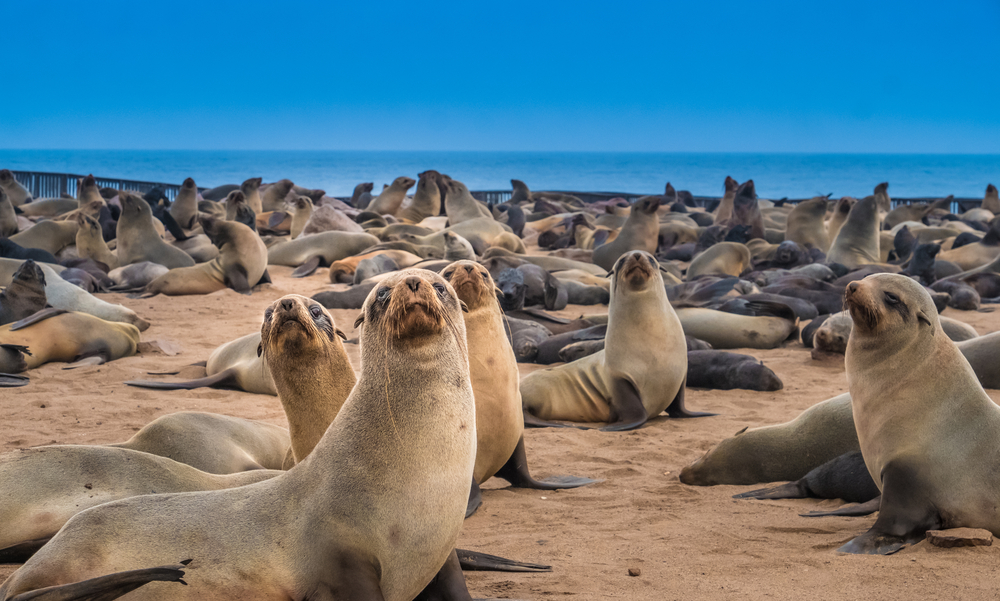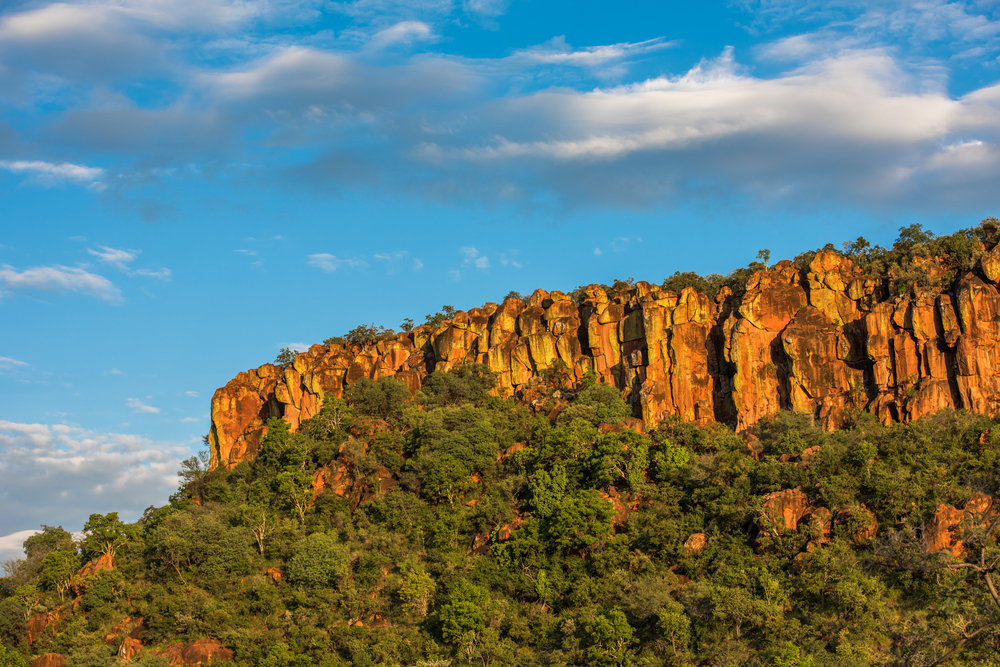ǀAi-ǀAis/Richtersveld Transfrontier Park Overview
The ǀAi-ǀAis/Richtersveld Transfrontier Park, spanning Namibia and South Africa, is a remarkable desert landscape jointly managed by both nations. Locally known as “ǀAi-ǀAis Richtersveld Transfrontier Park”, the park was established in 2003 to protect its unique biodiversity and cultural heritage. Covering an area of 6,045 square kilometers (2,334 square miles), the park is one of the most diverse arid ecosystems in the world and serves as a haven for flora and fauna uniquely adapted to its harsh environment.
The park’s terrain is characterized by rugged mountains, deep canyons, and vast plains. The Orange River, known locally as the Gariep River, forms the lifeblood of the park, carving dramatic gorges and providing a lush contrast to the surrounding arid environment. The Richtersveld portion, on the South African side, features striking rock formations, while the Namibian ǀAi-ǀAis region is renowned for its thermal springs and the dramatic Fish River Canyon, the second largest canyon in the world. This diversity of landscapes offers visitors breathtaking vistas and opportunities for exploration.
Vegetation in the park is sparse but highly specialized. It is part of the Succulent Karoo biome, recognized as a biodiversity hotspot for its concentration of succulent plants. Unique species such as the halfmens tree (Pachypodium namaquanum) and quiver trees (Aloe dichotoma) thrive here. Seasonal rains bring a burst of wildflowers, transforming the arid landscape into a colorful spectacle. The flora is not only adapted to survive extreme conditions but also deeply intertwined with the cultural practices of the indigenous Nama people.
Wildlife in the park is equally adapted to its challenging environment. Species such as Hartmann’s mountain zebra, oryx, klipspringers, and kudu roam the rugged terrain. The Orange River attracts various bird species, including fish eagles and cormorants, while smaller mammals like jackals and dassies are commonly seen. Reptiles such as geckos and snakes thrive in the arid zones, adding to the park’s ecological richness.
Visitors can explore the park through a variety of activities. Hiking trails lead to breathtaking viewpoints, including the famous Fish River Canyon. River rafting along the Orange River provides a unique perspective of the park’s geology and ecosystems. 4×4 routes and guided tours offer opportunities to traverse the rugged terrain, while camping under the starry desert sky is a popular experience. Cultural tours allow visitors to engage with the Nama people and learn about their traditional ways of life.
Despite its beauty, the park faces challenges such as climate change, which threatens water resources and biodiversity. Overgrazing and mining activities in surrounding areas also pose risks. Conservation efforts led by Namibian and South African authorities focus on sustainable tourism, habitat restoration, and community involvement. Joint management practices have been pivotal in preserving the park’s ecological and cultural integrity.
The ǀAi-ǀAis/Richtersveld Transfrontier Park is a testament to cross-border conservation and the resilience of life in harsh environments. Its dramatic landscapes, unique biodiversity, and cultural significance make it a must-visit destination for nature enthusiasts and adventurers.








































































